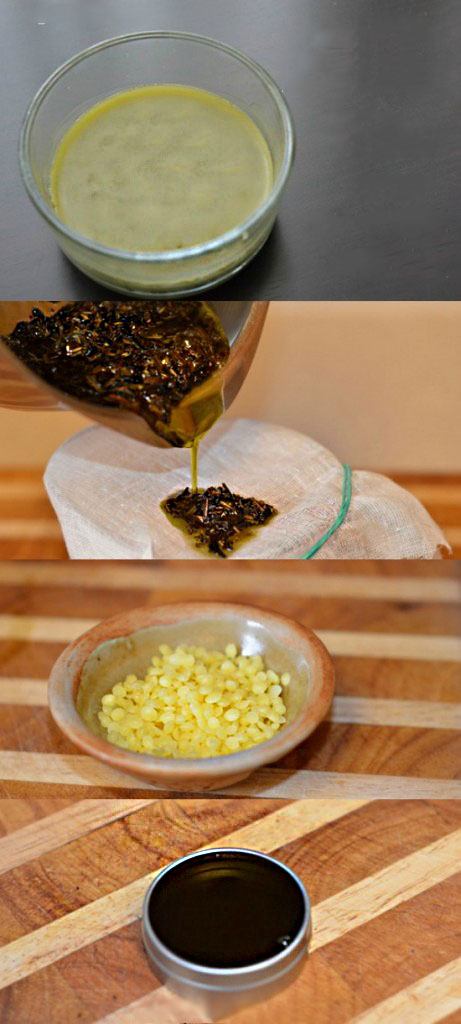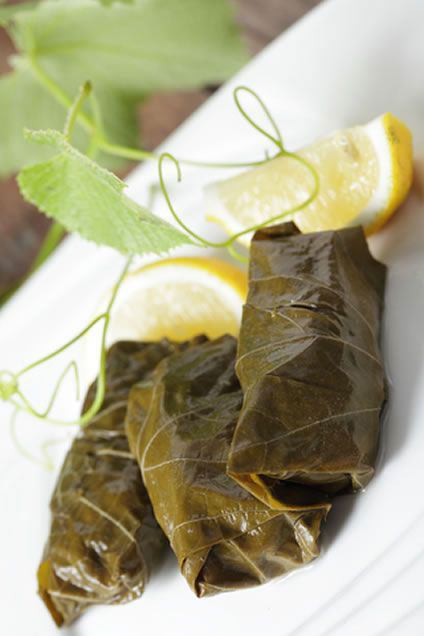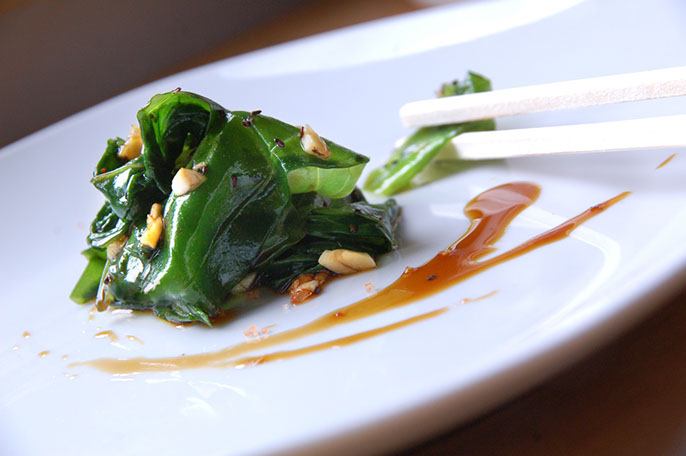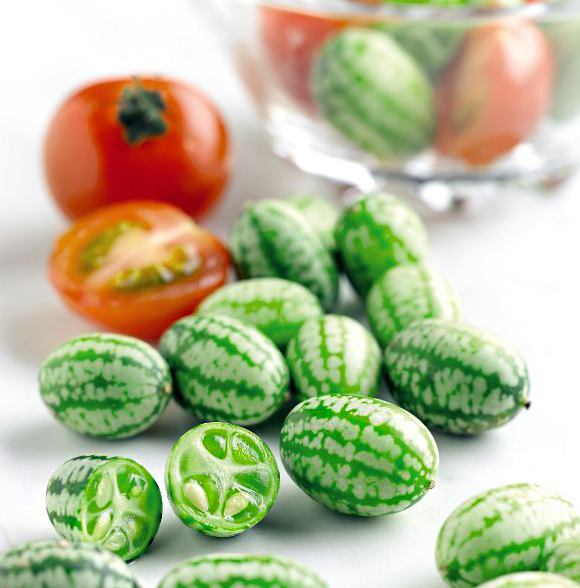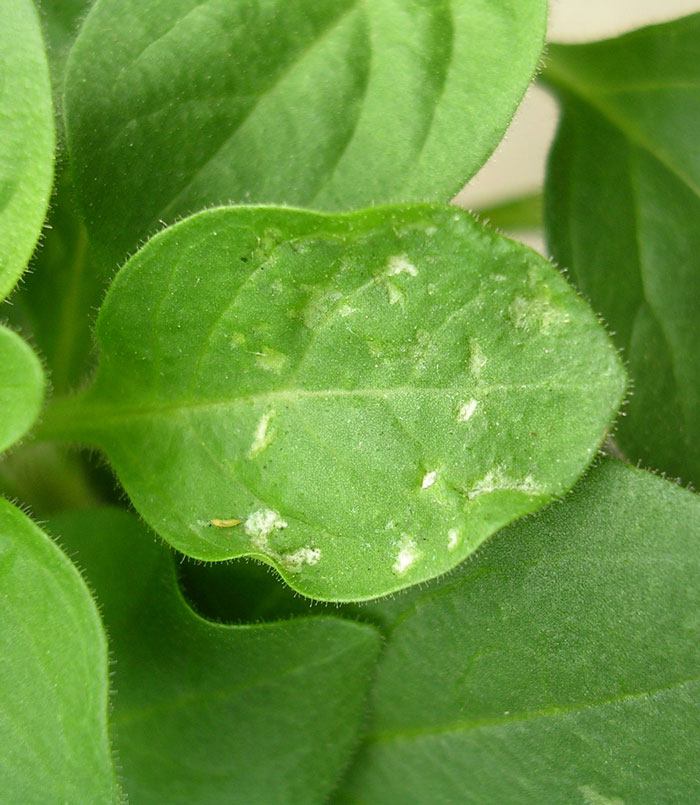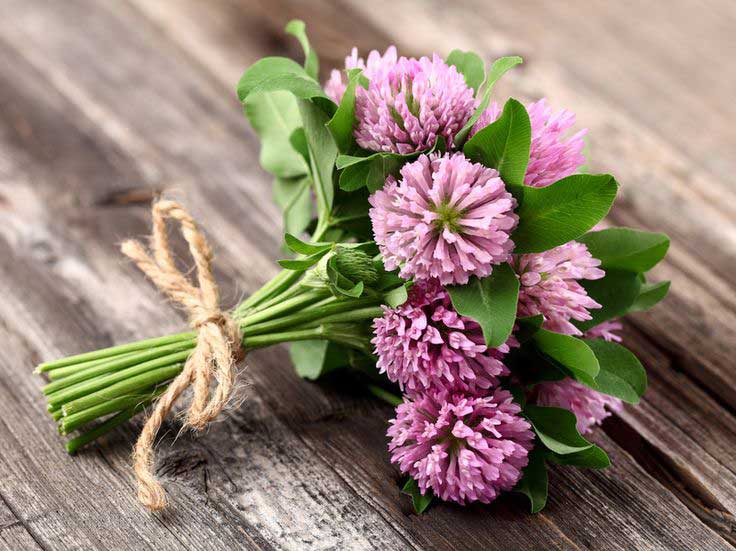For a long time, I doubted whether plantain was worth your attention… but decided to take a quick look at it, even just for myself. It’s clear that we have known about this weed for as long as we have known ourselves—it’s unlikely you’ll find someone who hasn’t applied a dusty plantain leaf to a scrape during childhood. And yet, it surprised me.
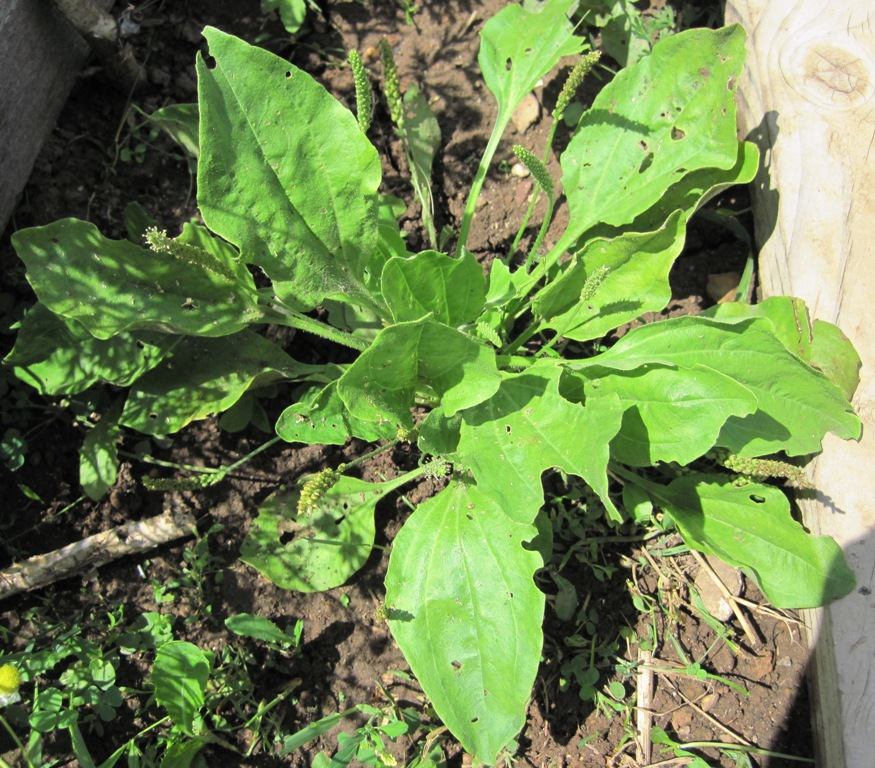
Plantain has settled on every continent and has become one of the most common and successful wild herbs on Earth. It owes its medicinal fame to salicylic acid and tannins. Even today, plantain remains a source of organic salicylic acid for elite pharmaceutical cosmetics.
While preparing material for this article, I came across an online edition of a toxicology journal (in English). One of the articles discussed the glycoside aucubin—a powerful antitoxin found in plantain. Additionally, it contains ascorbic acid, apigenin, baicalein, benzoic acid, chlorogenic acid, ferulic acid, oleanolic acid, and ursolic acid. By the way, plantain is part of medications used to treat nicotine addiction. It can also be used in the same cases as calendula—for treating problematic oily skin.
I don’t have many culinary recipes for today, but I do have a few intriguing DIY remedies with plantain that could be an excellent alternative to “Rescuer” in your first-aid kit.
Plantain Salve
This salve is great to have on hand while traveling or in nature. It can be applied to insect bites, burns from poisonous plants, scratches, and abrasions. This recipe uses dried plantain, but it can also be prepared with fresh leaves—just blanch them with boiling water first.
- Combine the oil and plantain in a container that can be placed on a double boiler.
- Boil water, remove from heat, place the container with the mixture over the hot water, cover, and let it cool and steep for about 30 minutes.
- The oil should turn green.
- Strain the mixture through sterile gauze into a clean container, thoroughly squeezing out the greens.
- Place the beeswax in a double boiler, melt it, and pour it into the warm oil, mixing thoroughly.
- Pour the mixture into a sterile jar. Once cooled, the salve will become much lighter due to the beeswax.
Plantain can be combined with lavender and calendula for a luxurious organic balm!
Plantain and Apple Cider Vinegar Lotion for Acne
The salicylic acid in plantain is one of the best anti-inflammatory agents for the skin. Its tannins combat bacteria and excess sebum production.
I have some personal suggestions on this pressing topic.
- Rinse fresh plantain.
- Mash it to break down the cell structure and release as many active compounds as possible.
- Fill a jar loosely with the plantain.
- Pour apple cider vinegar to the brim.
- Let the lotion steep for at least two weeks in a dark, cool place. Shake it daily to prevent mold formation (this can sometimes happen with fresh plant infusions).
- After 2-3 weeks, strain the infusion into a sterile jar. For convenience, pour a small amount of lotion into a container for daily use.
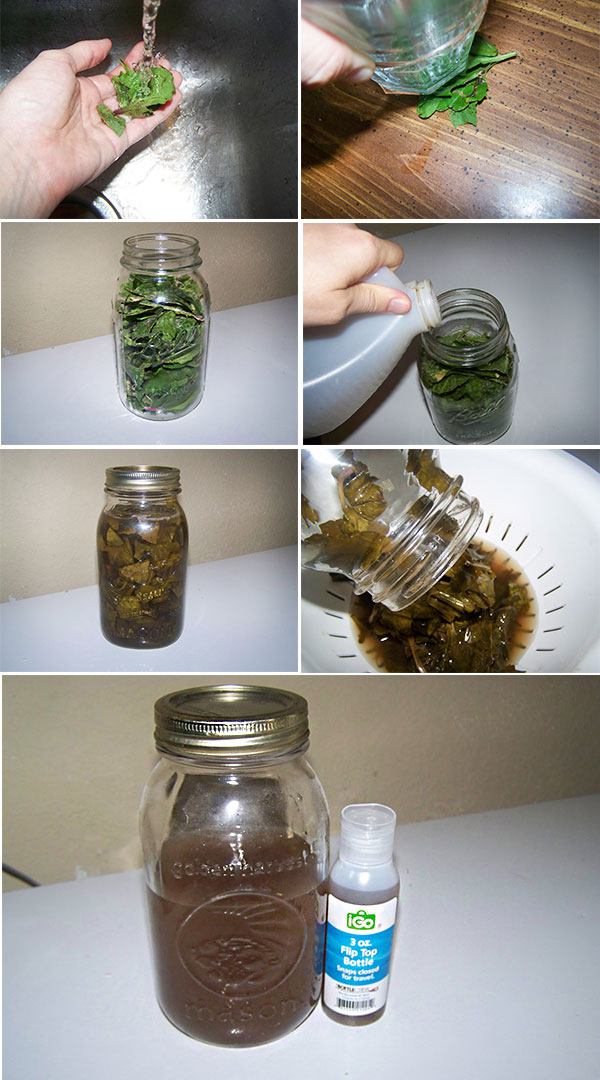
How to use the lotion:
- Apply 2-3 times a day if possible, without rinsing off afterward.
- Results should be noticeable within 2-3 weeks.
- Apple cider vinegar can make your skin slightly more sensitive to UV rays.
- Use natural apple cider vinegar, which can easily be made at home from sour apples of lower quality.
The recipe’s author warns that plantain may draw out hidden pustules from the skin, so your face might look worse initially during treatment. You can also prepare the lotion with dried plantain, but in this case, only fill the jar halfway.
The American blog where I found this recipe was flooded with gratitude from those who tried the lotion. I think it’s a great alternative to calendula tincture for me, and I’ll definitely give plantain a try.
Stuffed Plantain Leaves
Blanch the leaves with boiling water. Sauté the minced meat in a pan under a lid; add the rice and garlic. Add a lightly beaten egg to the warm mixture. Wrap the mixture in plantain leaves as you would for stuffed cabbage rolls. Place the rolls in a baking dish, brush with melted butter, and bake for 15 minutes.
Seaweed from Plantain
Thanks to the sauce and spices, you might really think you’re eating an Eastern cuisine dish.
Boil the plantain leaves in salted water for 3-4 minutes, then immediately rinse them with cold water. Cut into strips and drizzle with the sauce. Plantain has the texture and translucency of seaweed, with a taste reminiscent of spinach and a slight bitterness.
I was curious to look at the most familiar grass with fresh eyes. It seems to fall behind lamb’s quarters and purslane only in terms of culinary possibilities.
